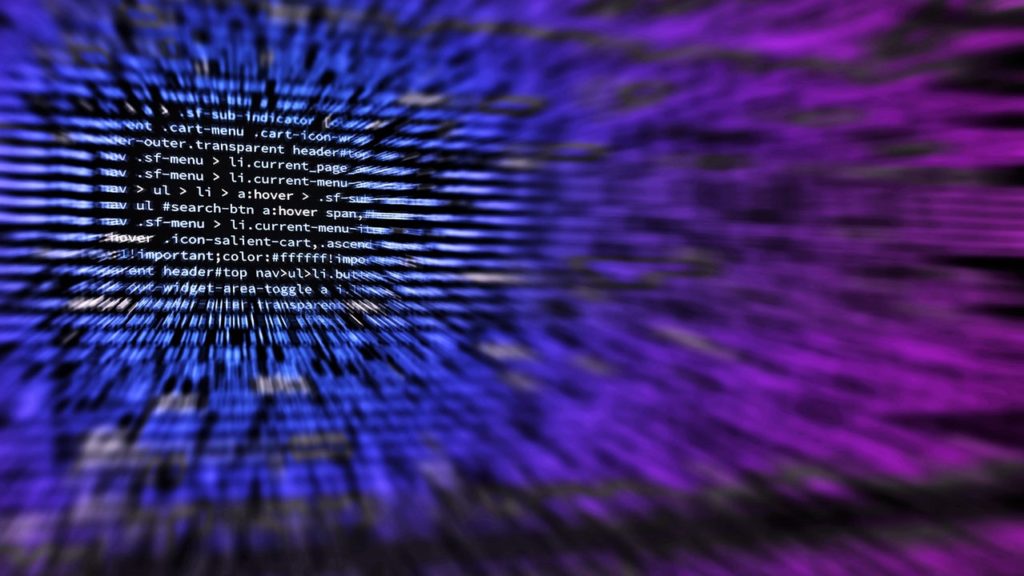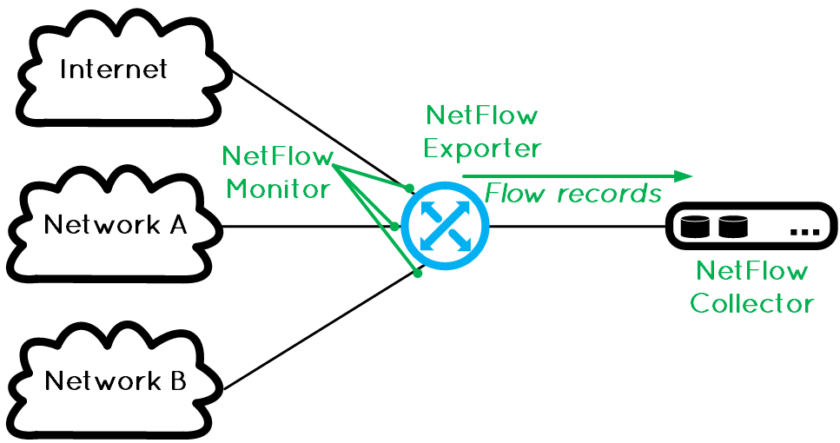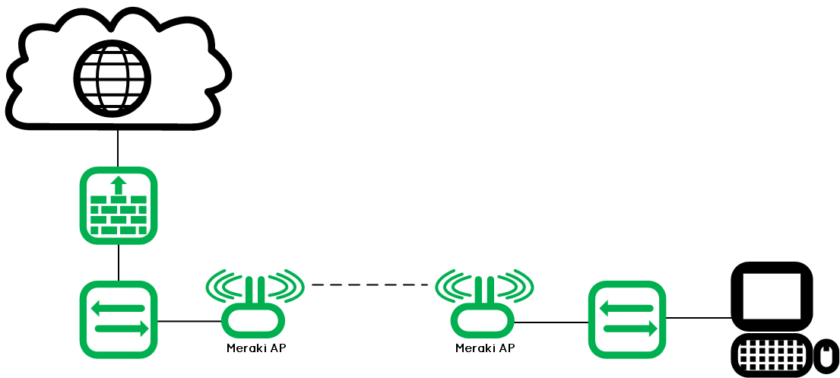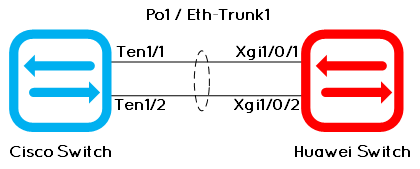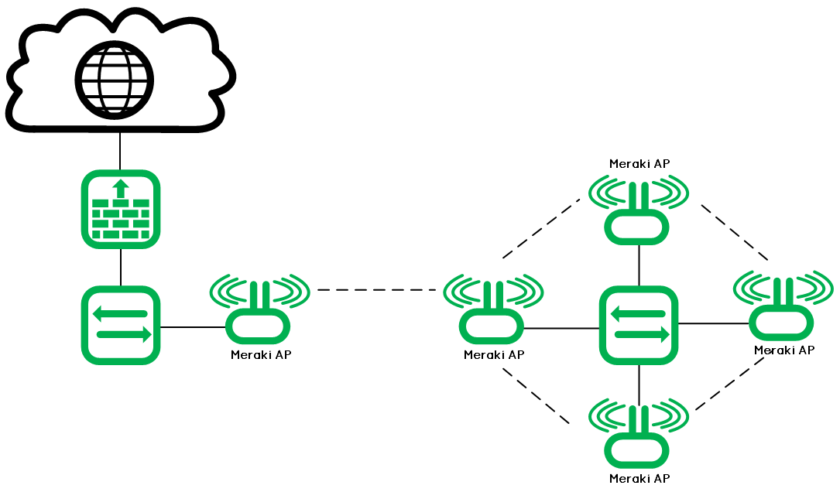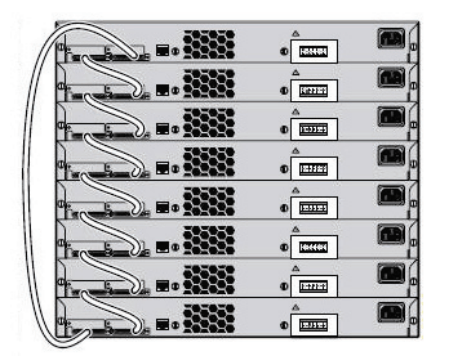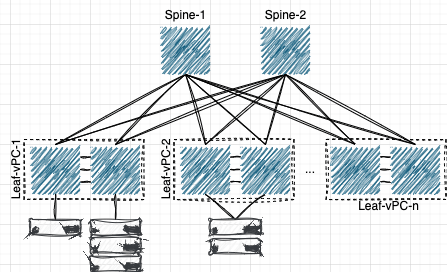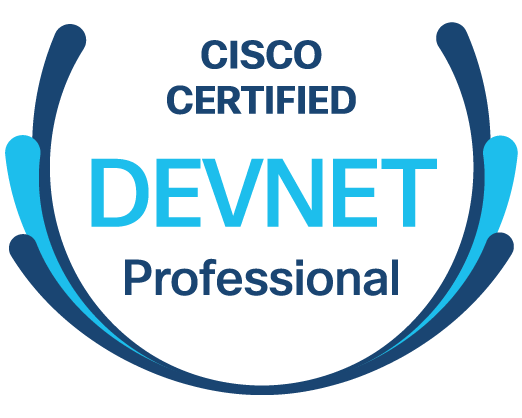My journey to network programmability and automation
Here is my journey to start learning network programmability and automation, and how I get the Cisco network programmability specialist certification (300-550 exam). In this post, I give you the links towards all the resources which I used to study.
